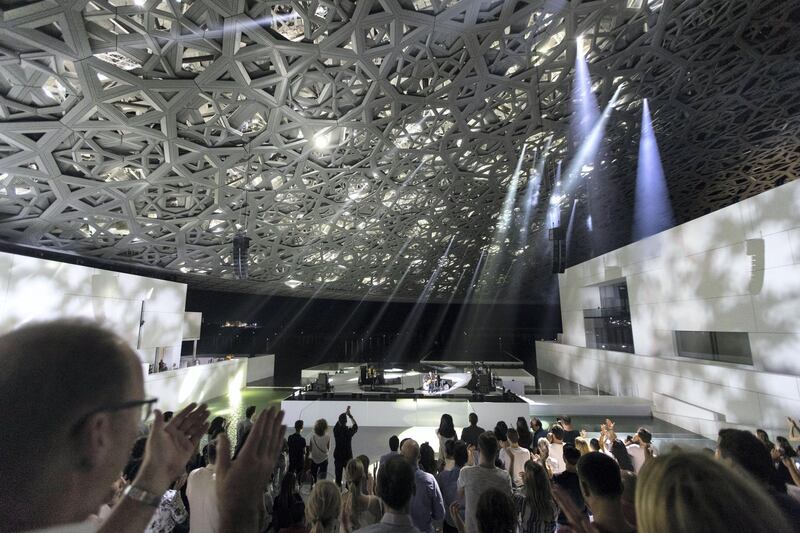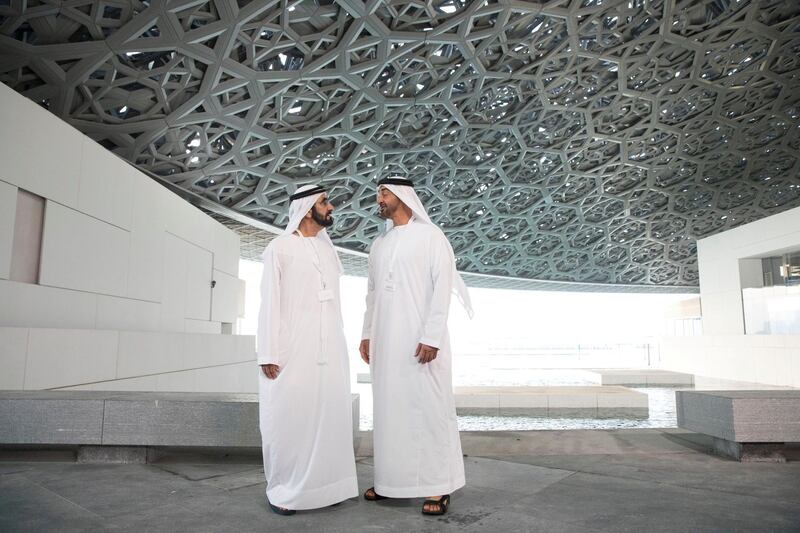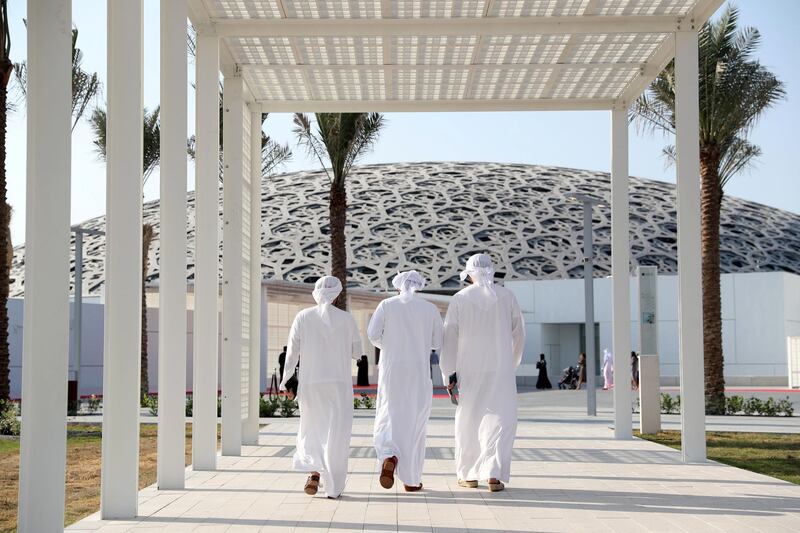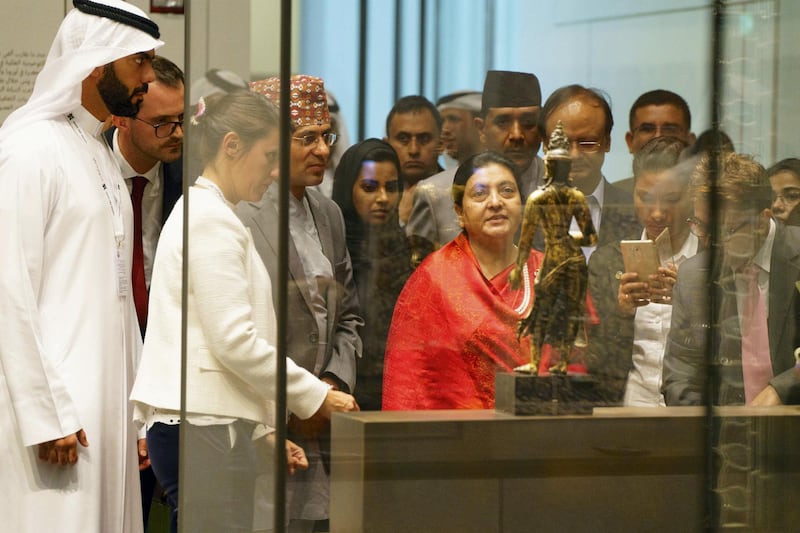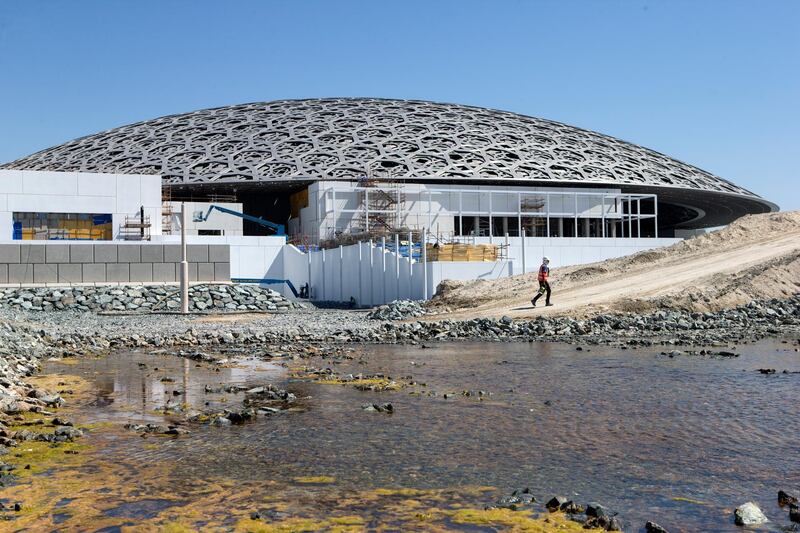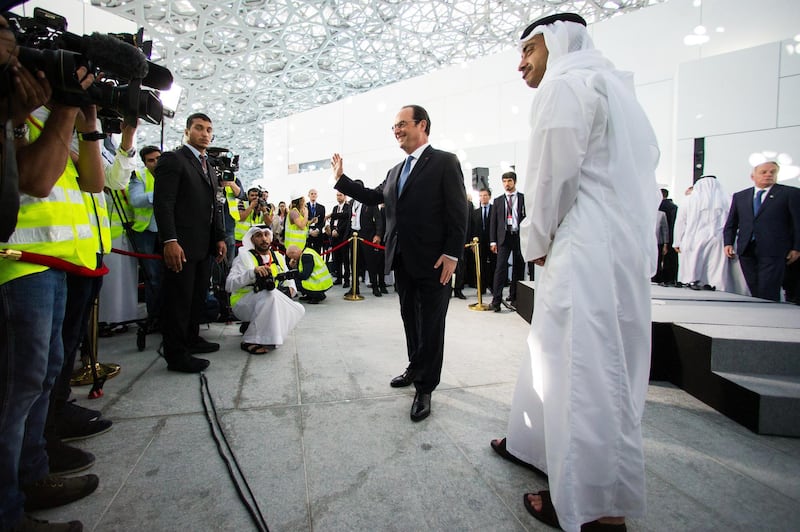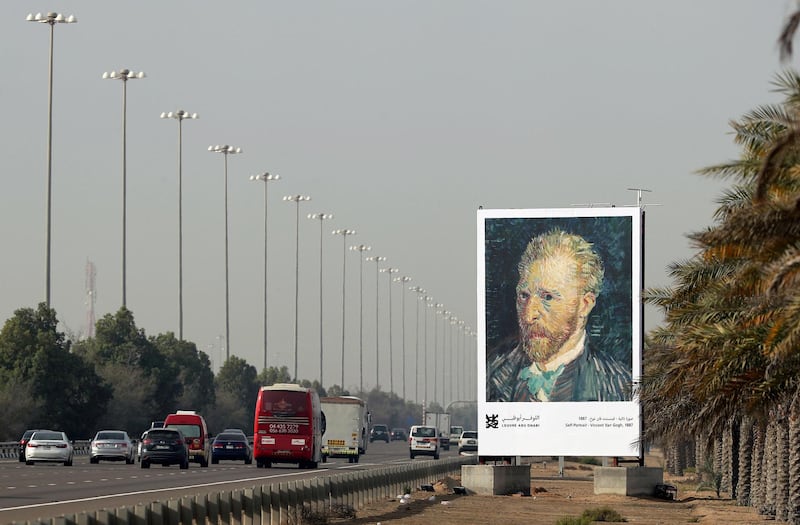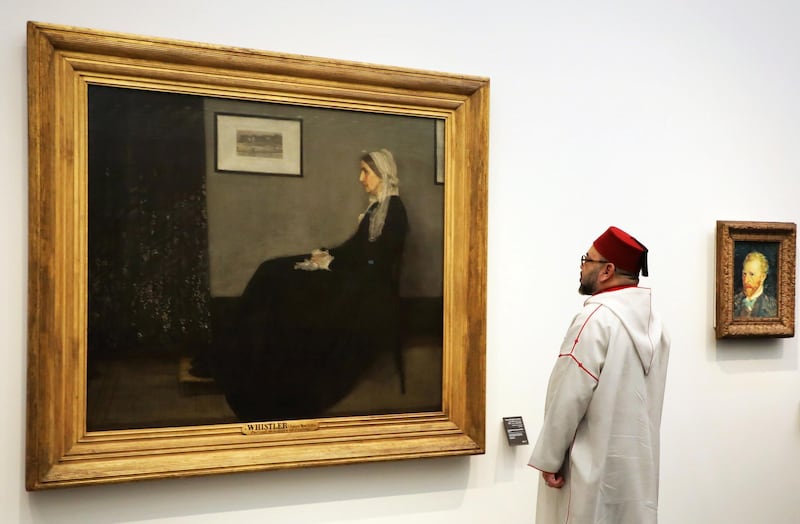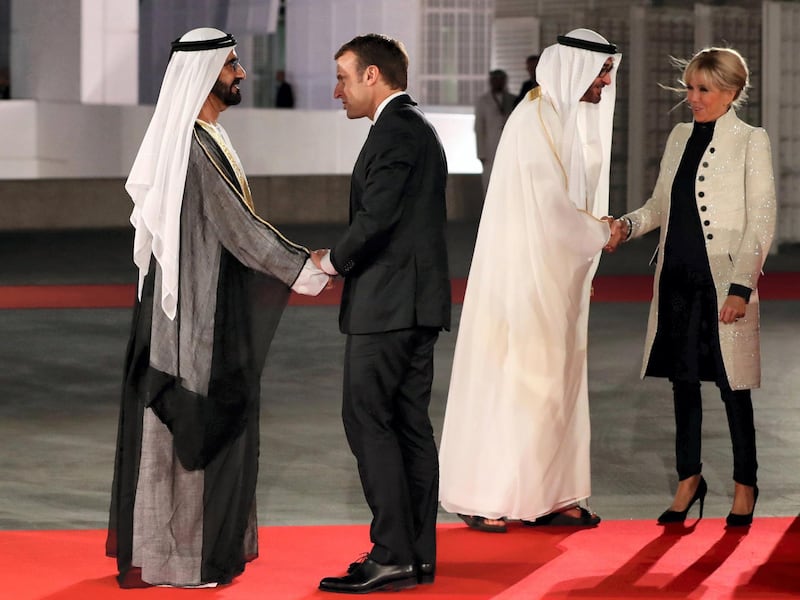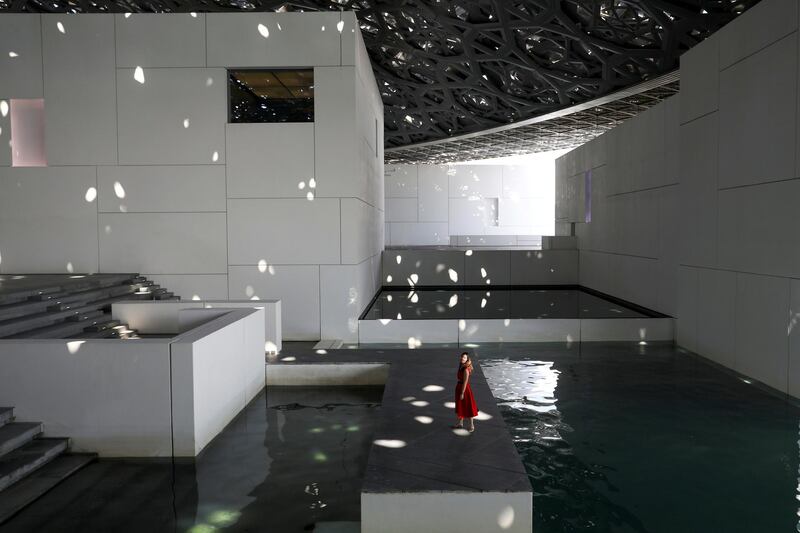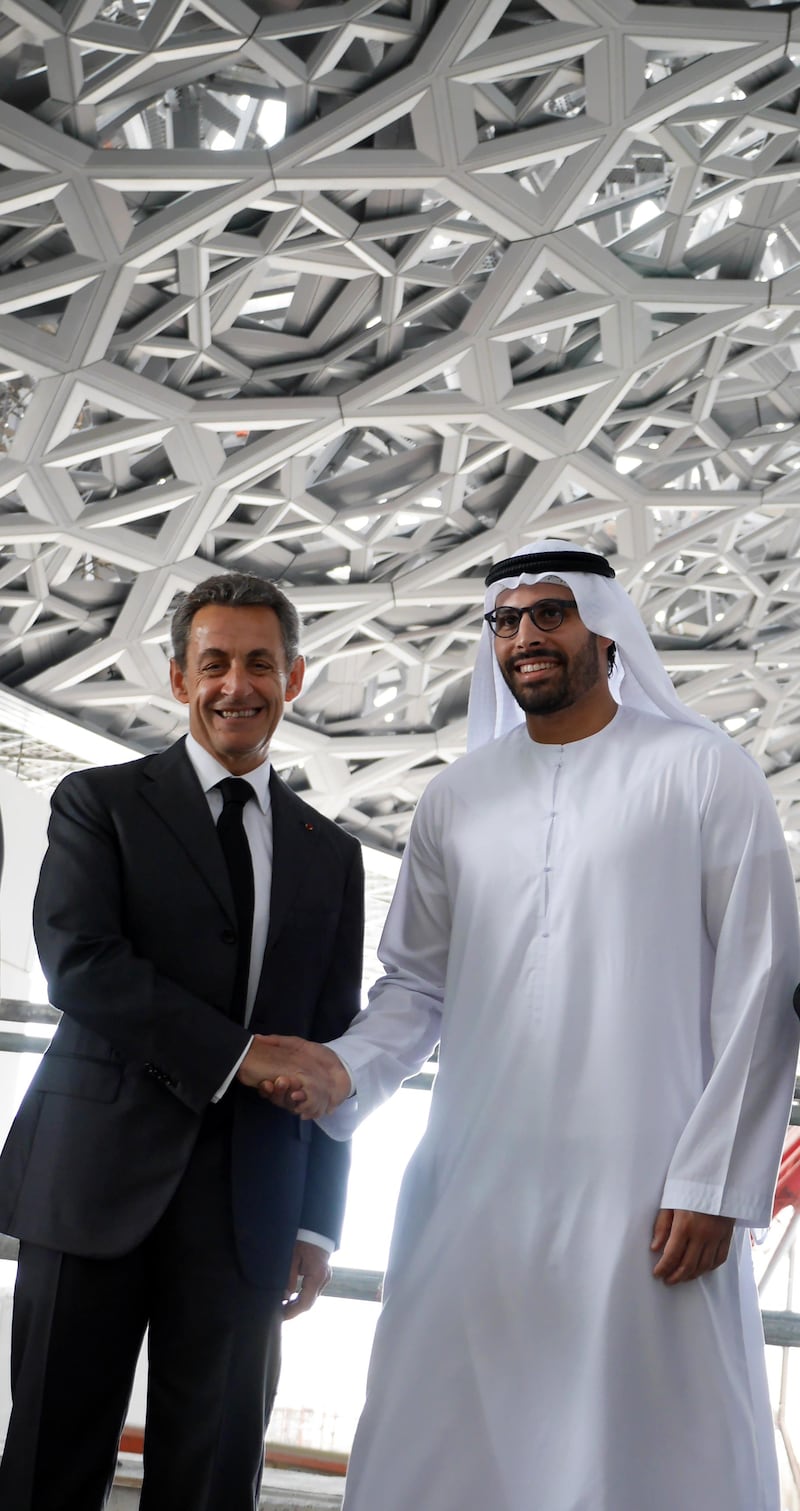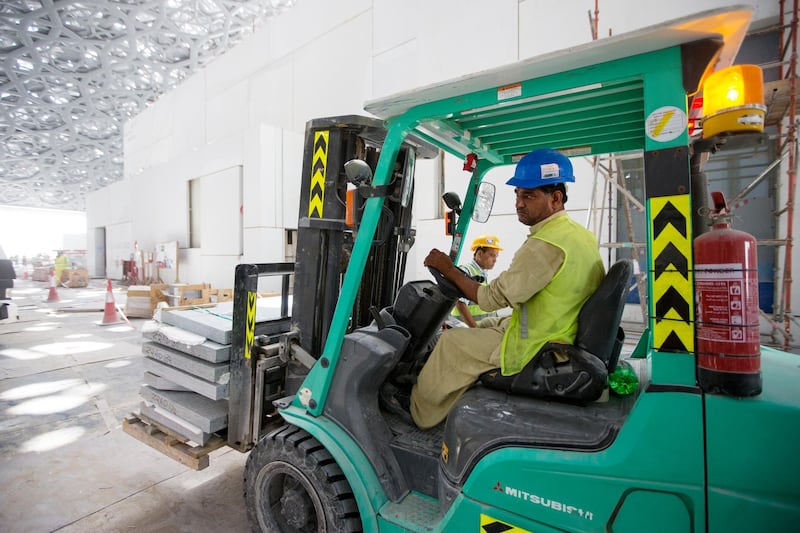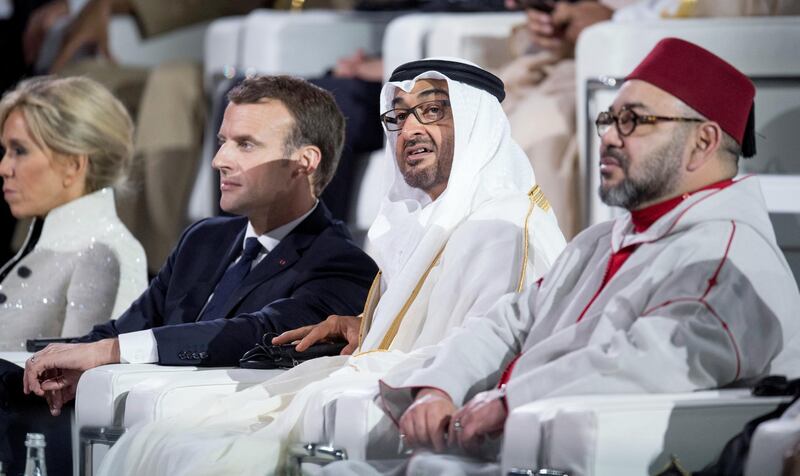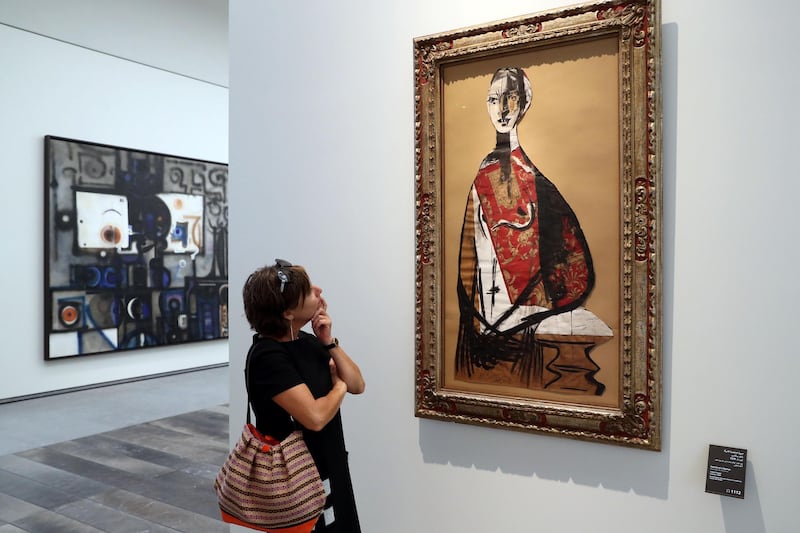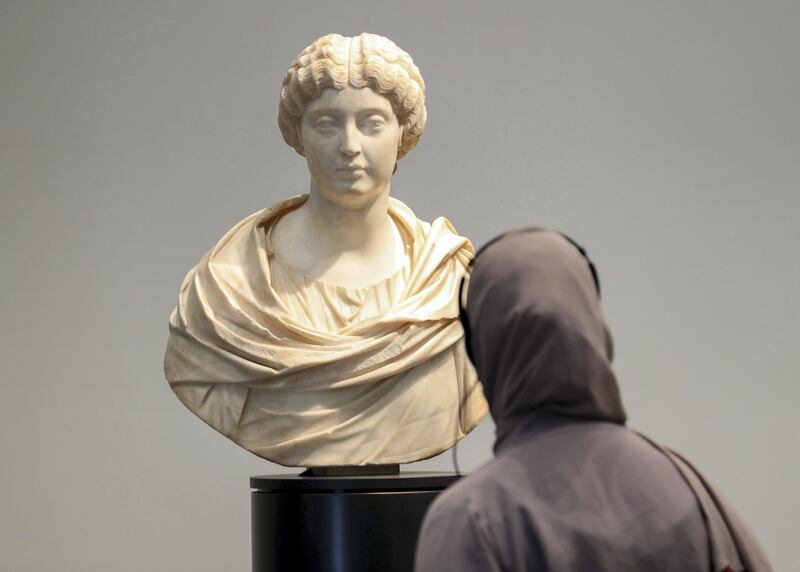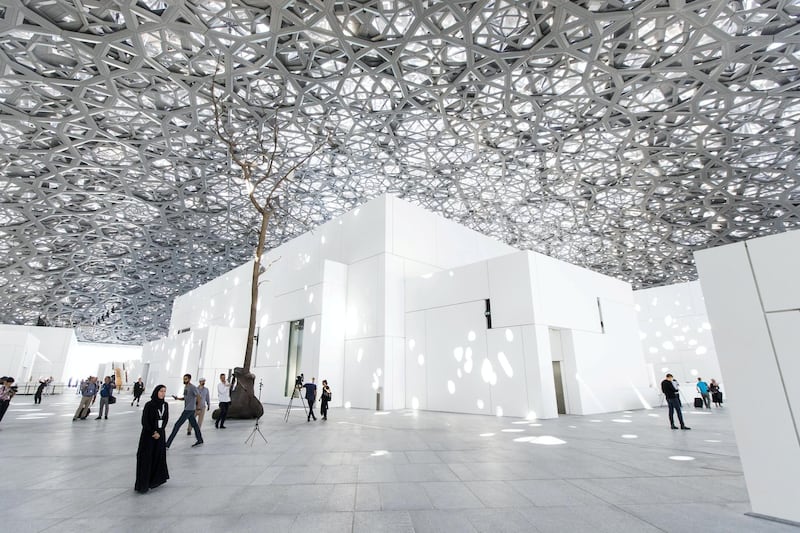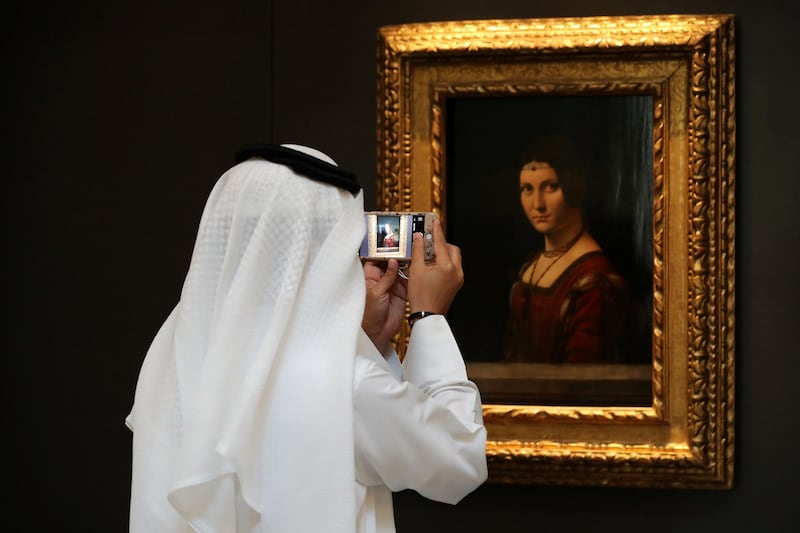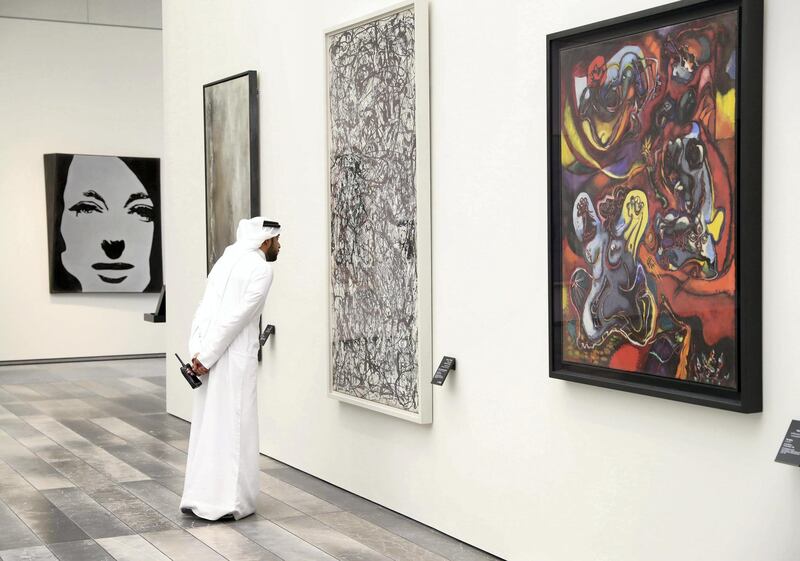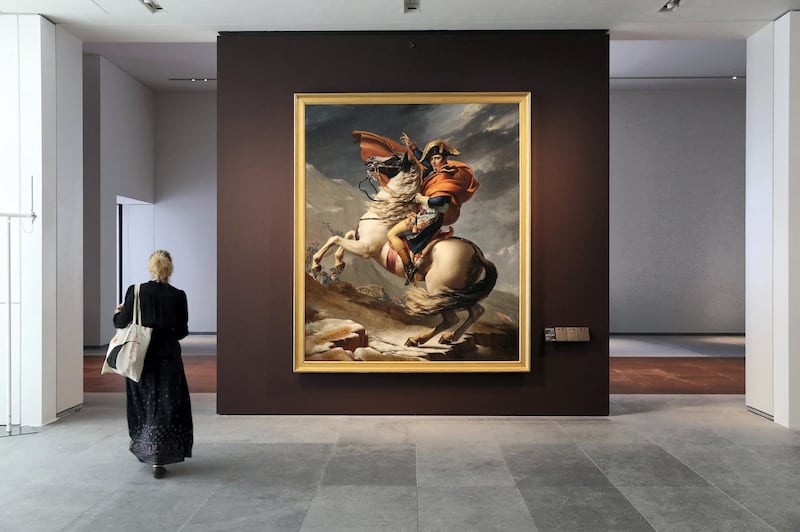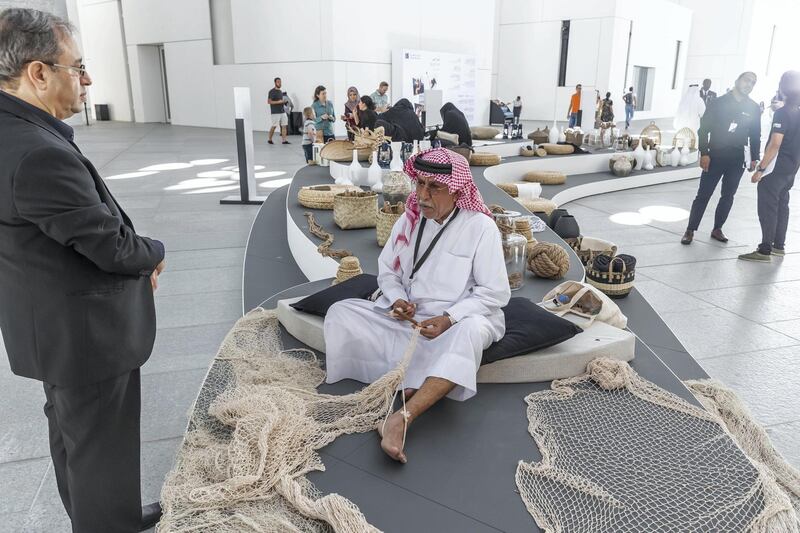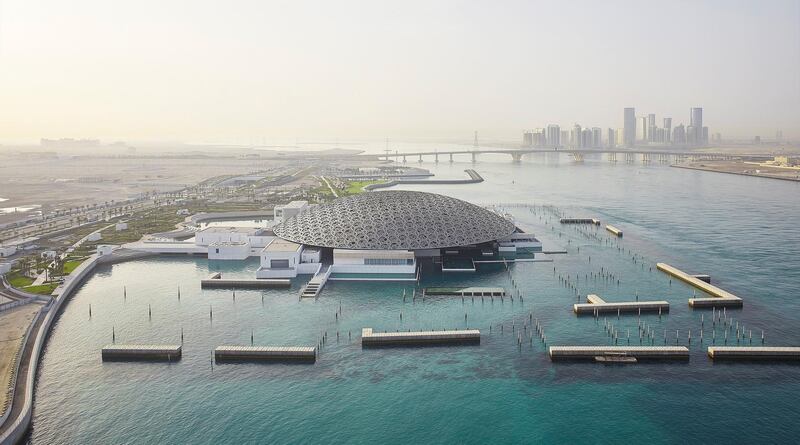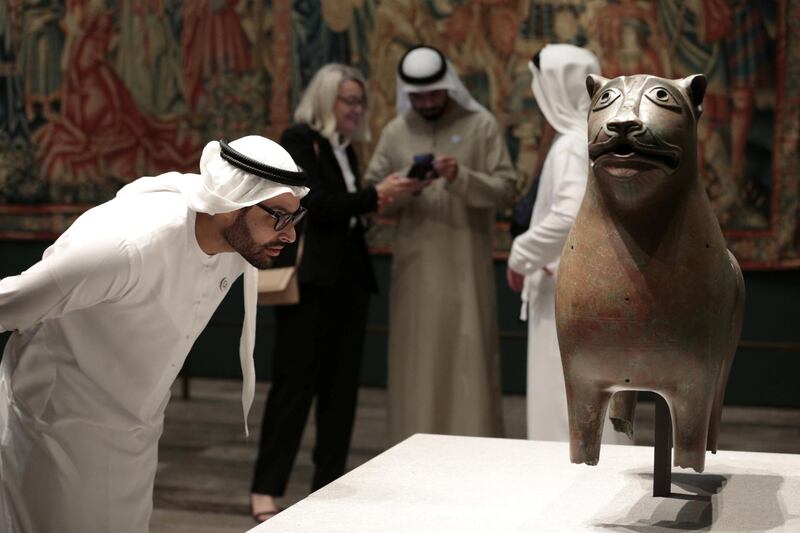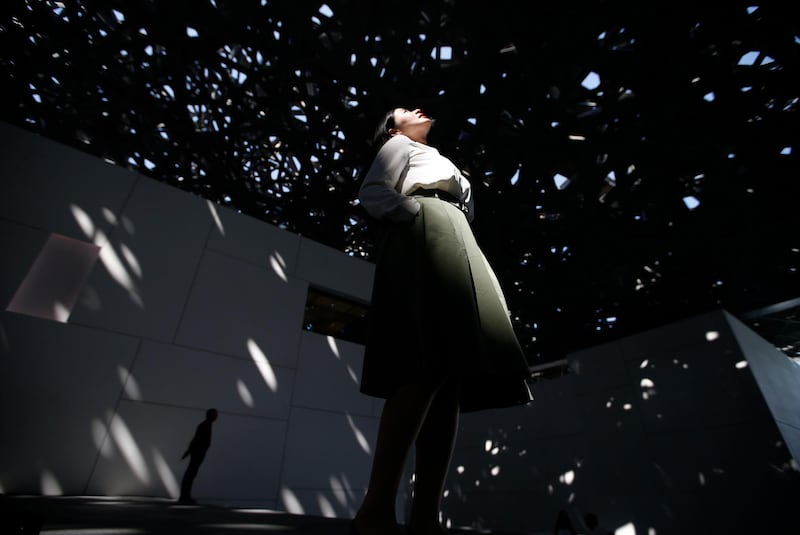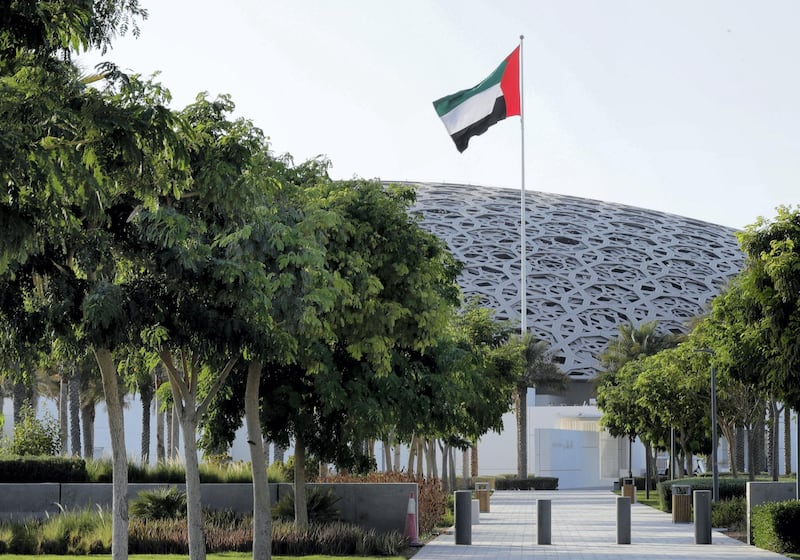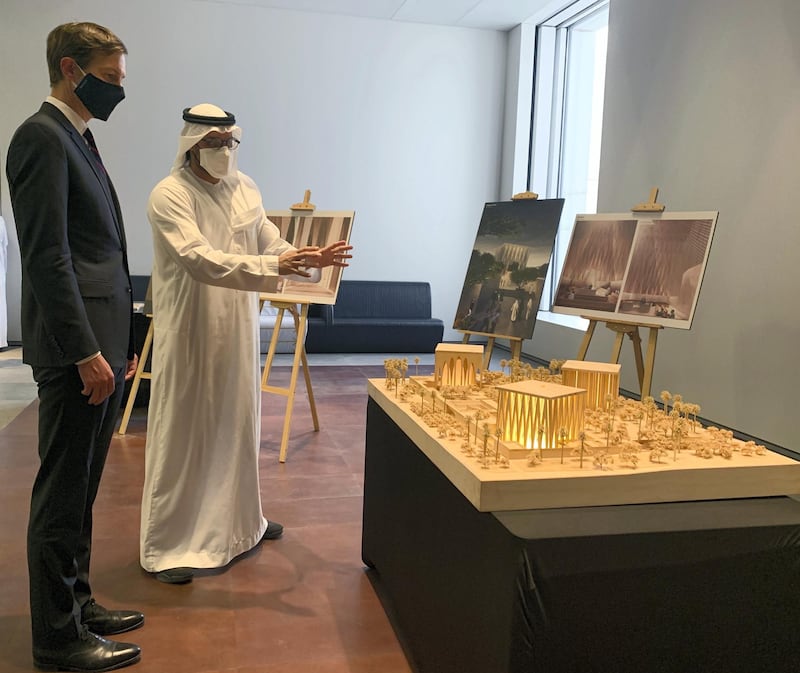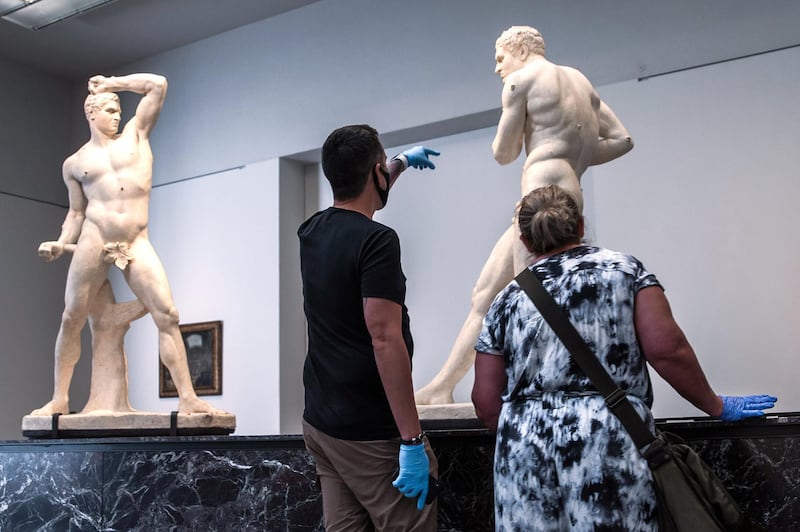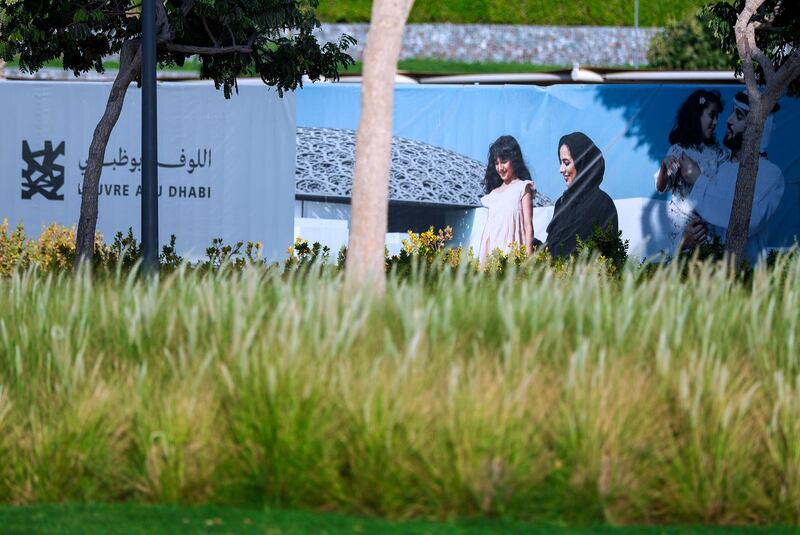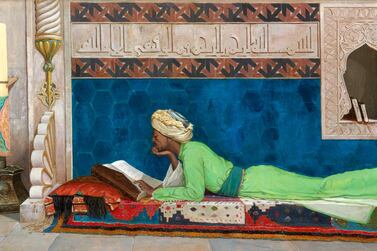Two years ago, Louvre Abu Dhabi made its world debut. Since then, more than two million people have walked through its doors. And they keep coming – when I meet director Manuel Rabate at the museum, the entrance is teeming with tourist groups and families, photographing or being photographed with Jean Nouvel's glistening dome.
The two million figure is a point of pride for Rabate, who has headed up the museum since 2016, before the official opening. While Louvre Abu Dhabi may have just turned two, it has been part of his life for the past 12 years. He joined the Agence France-Museums soon after the intergovernmental agreement between France and Abu Dhabi was signed.
As part of a new strategy, the museum has plans to host its first fundraising gala, inviting both corporate and individual donations to help bolster its community programmes. "What is very important is to maintain the sustainability of the museum," Rabate says, noting that considerable resources have already been put into its construction, collection and development.
In 2007, France and the Government of Abu Dhabi signed an intergovernmental agreement for $525 million (Dh1.9 billion), which allowed Abu Dhabi to use the Louvre name for 30 years. This is in addition to construction costs of Dh2.4 billion. While today the museum makes money from ticketing and receives support from the Government of Abu Dhabi, Rabate says it is ramping up its targets for patronage and corporate funding, as most museums around the world do.
‘Education is a core mission’
"For us, as a world-class museum, it was very important to make sure that we could also have world-class philanthropy," he says. "We plan to launch a gala dinner to raise funds around all our education activities because we think this is one of our core missions."
Rabate stresses the museum's educational role, talking about the various initiatives and children's activities Louvre Abu Dhabi currently undertakes: welcoming 15-20 school trips daily, adding up to a total of 60,000 student visitors so far; the launch of the Children's Museum, bringing in 45,000 visitors since July; the development of the research centre, which would allow art professionals to access the museum's stored collections and archives; multimedia guides and multisensory displays for visually impaired visitors.
A museum for tourists or the local community?
It all aligns with his views on such institutions. "I think the museum has a social role, a community role. It is also a learning place … a place of inspiration for artists. A place for encounters for designers. The museum is not an abstraction. It is always part of a territory," he adds.
While community initiatives are certainly part of Louvre Abu Dhabi's mandate, there is also the objective of visitor numbers, something Rabate is keenly aware of. Overseen by the Department of Culture and Tourism, the museum is inextricably tied to the larger aim of turning the Emirate into a global cultural destination. "Because Louvre Abu Dhabi is part of DCT, we are also part of something that will be the attractiveness of the city. All the main hubs of the world have their great cultural equipment. Abu Dhabi being a major city needs to have its full-fledged museum strategy and we are also part of this incredible statement of the capital talking to the world," he says.
I ask him if one goal is more important than the other. Is there pressure to keep exhibiting blockbuster shows for the sake of footfall, and would that take away from local initiatives? "We need to do both. Why choose?," he replies. "The museum is a generational investment. It is Abu Dhabi gifting the world with this wonderful place and giving something to the children and children's children living here … Both work together … We will always have that segment for residents and another for tourists."
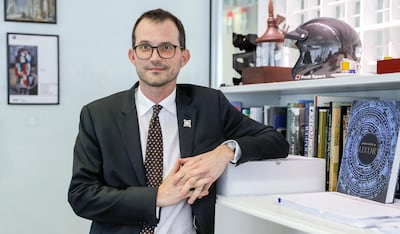
Rabate says that part of the museum's latest enterprises have been formulated to "keep people coming back". This includes the introduction of night kayaking tours and the opening of Fouquet's brasserie next year. "All this experimentation is a way to be attractive as a social place, and there's nothing wrong with it. On the contrary."
Looking at the numbers so far, 70 per cent of the museum's visitors are tourists, and the rest are UAE residents. Within the 30 per cent, 15 per cent are UAE nationals, who are consistently in the top three of repeat visitors.
For Rabate, this proves the museum has been able to engage the community.
"We have managed to root the museum in its territory. For me, this is very important. You need to be connected to the world and you need to be centred on what you are."
On proving critics wrong
The road to this rootedness has not always been smooth, as the director points out. Speaking of the pressures before the opening, he says that there were "huge expectations from Abu Dhabi, from France, from the world, because we put two big names together, Louvre and Abu Dhabi".
Even after the inauguration, the museum had to find its footing as the first with an international name in the region. "In the beginning, we had no benchmark. You have to imagine that," he says. As a result, the museum has been diligent about its data collection, not just counting ticket sales, but keeping track of the visitor experience through surveys. Now, Rabate sees these practices as models for the coming Zayed National Museum and Guggenheim Abu Dhabi.
In addition to these internal pressures, there were also vocal critics around the world. The deal between the French and the Government of Abu Dhabi raised questions about the integrity of franchising museums and the prospect of cultural imperialism on the Middle East.
Two years on, does Rabate feel that he has proven critics wrong? "I hope," he says. "I think we have proven that we can tell the decentralised history of art. This is not a western way of showing the history of the world. All the civilizations and all parts of the world are represented fairly." He gives the example of the Abu Dhabi pearl, currently on view at the 10,000 Years of Luxury exhibition, and a bronze dagger found in the Saruq Al Hadid archaeological site, on loan from Dubai Municipality. Both are displayed next to objects and artefacts from Europe and Asia.
These examples are not surprising given Louvre Abu Dhabi's general "crossroads" approach to curation, placing items from different geographies side by side in an attempt to weave narratives of commonality. "These are anthropological common points, and it's impressive to see that places that are so far [apart], you have similar artworks and techniques everywhere in the world," Rabate explains.
Building a cultural ecosystem
Looking ahead, he reiterates the keyword: education. "We cannot do it alone. It is about finding our place in the network of academia – New York University, Sorbonne Abu Dhabi, Zayed University – but also all the northern Emirates," he says. He also sees Louvre Abu Dhabi as part of a larger ecosystem of cultural institutions expected to crop up on Saadiyat Island. "We are waiting for them with impatience. We are telling the story of the world, putting Abu Dhabi in this story, Zayed University will tell the story of the UAE and Guggenheim Abu Dhabi will explore modernity and contemporary [art]. I'm really craving to have them close to us."
After more than a decade of working with Louvre Abu Dhabi, Rabate has no plans to move on yet, adding that the museum has plenty in store for next year. "[There are] many things coming ahead. It's never finished."
